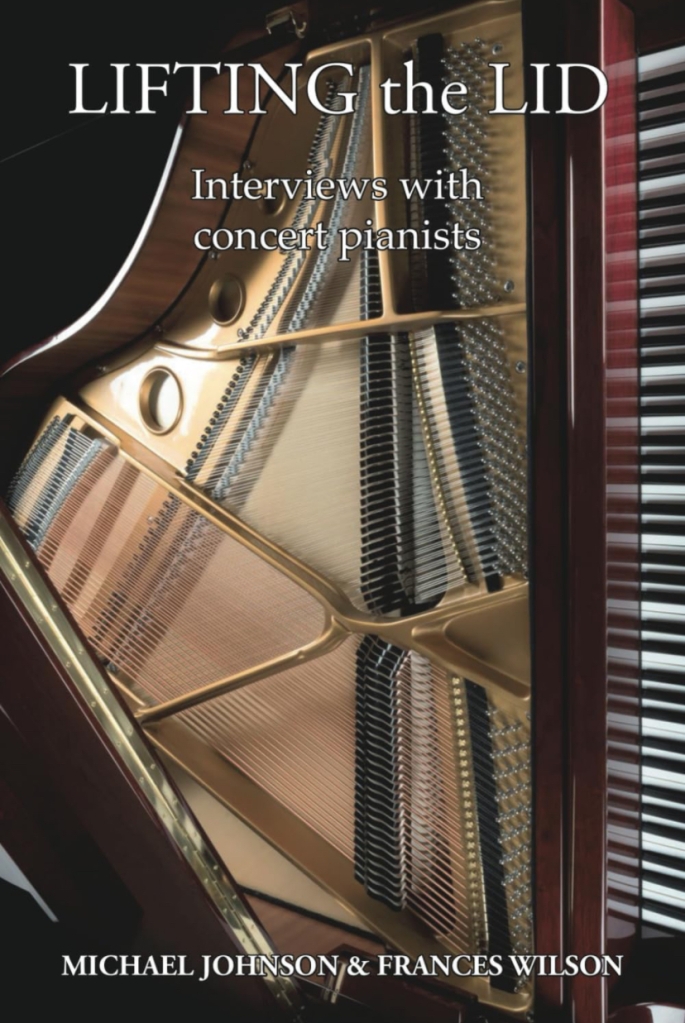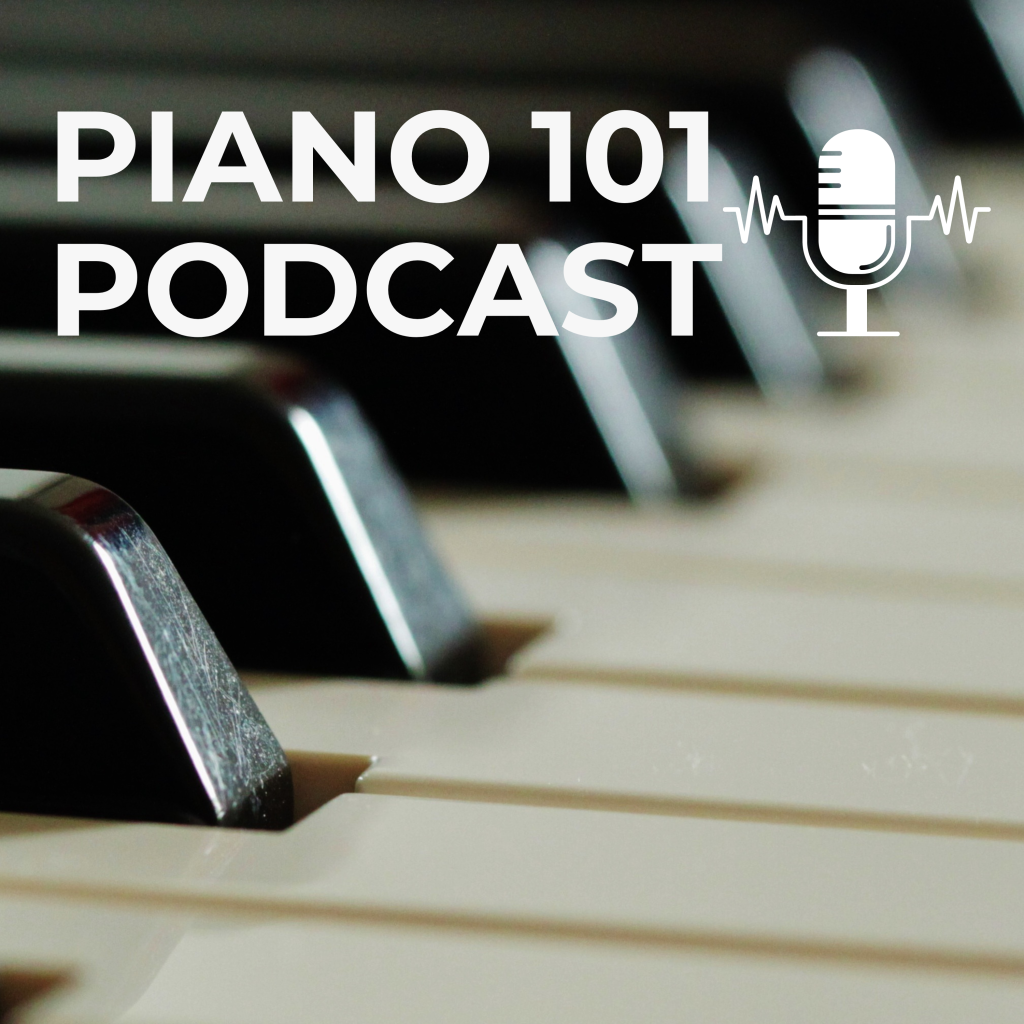An exhibition at The Georgian House in Edinburgh, opening in June, will tell the remarkable story of Felix Yaniewicz (1762-1848), a celebrated Polish-Lithuanian violinist and composer, who settled in Scotland and co-founded the first Edinburgh music festival in 1815. Alongside the exhibition, there will be a programme of talks, lecture-recitals and musical performances.
Josie Dixon, Yaniewicz’s great-great-great-great-granddaughter and founder of The Friends of Felix Yaniewicz, says: ‘Putting this exhibition together has illuminated so many aspects of Yaniewicz’s colourful story, featuring a Polish King, his encounter with Mozart in Vienna, escape from the French Revolution and a lost Stradivarius. We are thrilled to be sharing with the public for the first time a remarkable collection of heirlooms reflecting his life and career, in celebration of his musical legacy in Scotland.’
After a cosmopolitan career in Europe, Felix Yaniewicz arrived in London around 1790 and eventually made his way to Edinburgh where he lived from 1815 until his death in 1848. It was the discovery and restoration of a historic square piano bearing his signature that led to new research on his career and a project to celebrate his role in Scotland’s musical culture.
The Yaniewicz & Green square piano was the subject of a crowdfunding campaign in 2021, in partnership with the Scottish Polish community, with donations from all over Britain, Poland, Germany, Norway, France, Italy, Switzerland and the USA. Its arrival in Scotland last year was celebrated with two recitals hosted by the Polish Consulate in Edinburgh. The exhibition at The Georgian House will be the first opportunity for this beautiful instrument to be seen in public.
The exhibition ‘Music and Migration in Georgian Edinburgh: The Story of Felix Yaniewicz’ brings together a unique collection of musical instruments, portraits, manuscripts, silver and gold personal possessions, letters and autographs, many of them passed down the generations in his surviving family, and almost none of them seen in public before. Together, these will offer fascinating insights into the career of this charismatic performer, composer, impresario and musical entrepreneur, who left a lasting mark on Scottish musical culture.
This exhibition has been organised in collaboration with the Adam Mickiewicz Institute and co-financed by the Ministry of Culture and National Heritage of the Republic of Poland.
Barbara Schabowska, Director of the Adam Mickiewicz Institute, says: ‘The figure of Felix Yaniewicz, an internationally renowned Polish-Lithuanian violin virtuoso, is a perfect example of how remarkably universal the language of music is. The exhibition, celebrating his fascinating travel-filled life, is a chance to initiate transnational dialogue – not only between Scotland and Poland, but also with everybody who finds themselves moved by Yaniewicz’s music.’
The exhibition will be accompanied by a programme of events in Edinburgh, including illustrated talks, lecture-recitals and musical performances at the Georgian House, and an ‘in conversation’ event at Ghillie Dhu with critically-acclaimed writer and broadcaster Armando Iannucci on music, migration and Scotland.
The exhibition ‘Music and Migration in Georgian Edinburgh: The Story of Felix Yaniewicz’, hosted by National Trust for Scotland and organised in collaboration with the Adam Mickiewicz Institute, takes place at the Georgian House, Edinburgh, from 25 June until 22 October 2022.
Events
- 26 June – Felix Yaniewicz: Life and Legend – an illustrated talk by Josie Dixon
- 19 August – Music and Migration in Georgian Edinburgh – A lecture recital by Brianna Robertson-Kirkland (soprano) with Claire Haslin (piano)
- 20 August – The Story of the First Edinburgh Music Festival – a talk by John Halliday
- 20 August – ‘Pro Lithuania’: Patriotism in Exile – a talk by Robert Frost, Professor of History at the University of Aberdeen
- 17 September – Every Instrument tells a Story – lecture recital by Jenny Nex, with Steven Devine, piano
- 18 September – Mr Yaniewicz and Mme Catalani families event with Kate Semmens (soprano) and Steven Devine (piano)
- 18 September – Mr Yaniewicz and Mme Catalani – evening performance by Kate Semmens (soprano) and Steven Devine (piano)
Plus a special event for our festival weekend, at Ghillie Dhu:














